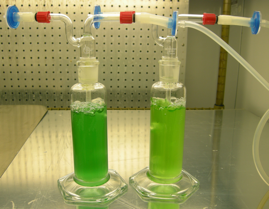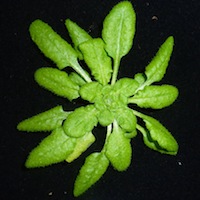Tamas Dalmay, Professor of RNA Biology at the University of East Anglia (Norwich), has developed a robust, simple method of profiling small RNAs using next generation sequencing. Here he explains his novel HD adapters and why they are more reliable than existing commercial adapters.
Small RNAs (sRNAs) are key regulators of gene expression, and accurate representation of sRNA in sequencing experiments is critical to the interpretation of biological data. Next generation sequencing (NGS) is now the gold standard for profiling and discovering new sRNAs, so it is essential that the tools and protocols used in NGS generate accurate, reliable sequence data.
RNA ligases are essential in creating cDNA libraries prior to NGS sequencing. However, a number of recent publications reported that RNA ligases used in cDNA preparation actually mediate sequence specific ligation, so NGS approaches using these RNA ligases do not represent all sRNA present in biological samples. These publications highlighted the limitations associated with RNA ligases, questioning the reliability of currently widely used NGS approaches and the data generated from them.
Sequence specific ligation occurs because the ligases preferentially ligate ends that are more likely to be close to each other. This means that sRNAs that can efficiently anneal to the adapters have a higher chance of being ligated (Jayaprakash et al. 2011, Hafner et al. 2011 and Sorefan et al. 2012).
While identifying that cloning bias in sRNA libraries is RNA ligase dependent, our group at the School of Biological Sciences, University of East Anglia (Norwich), developed a novel, simple, robust solution to overcome this problem (Sorefan et al. 2012).
We developed a set of adapters (High Definition or HD adapters) that contain degenerated nucleotides, meaning they are a pool of many sequences instead of one fixed sequence. Consequently, many different sRNAs can form a stable duplex with them, leading to better coverage and more quantitative libraries. We have shown that using the HD adapters: (more…)














